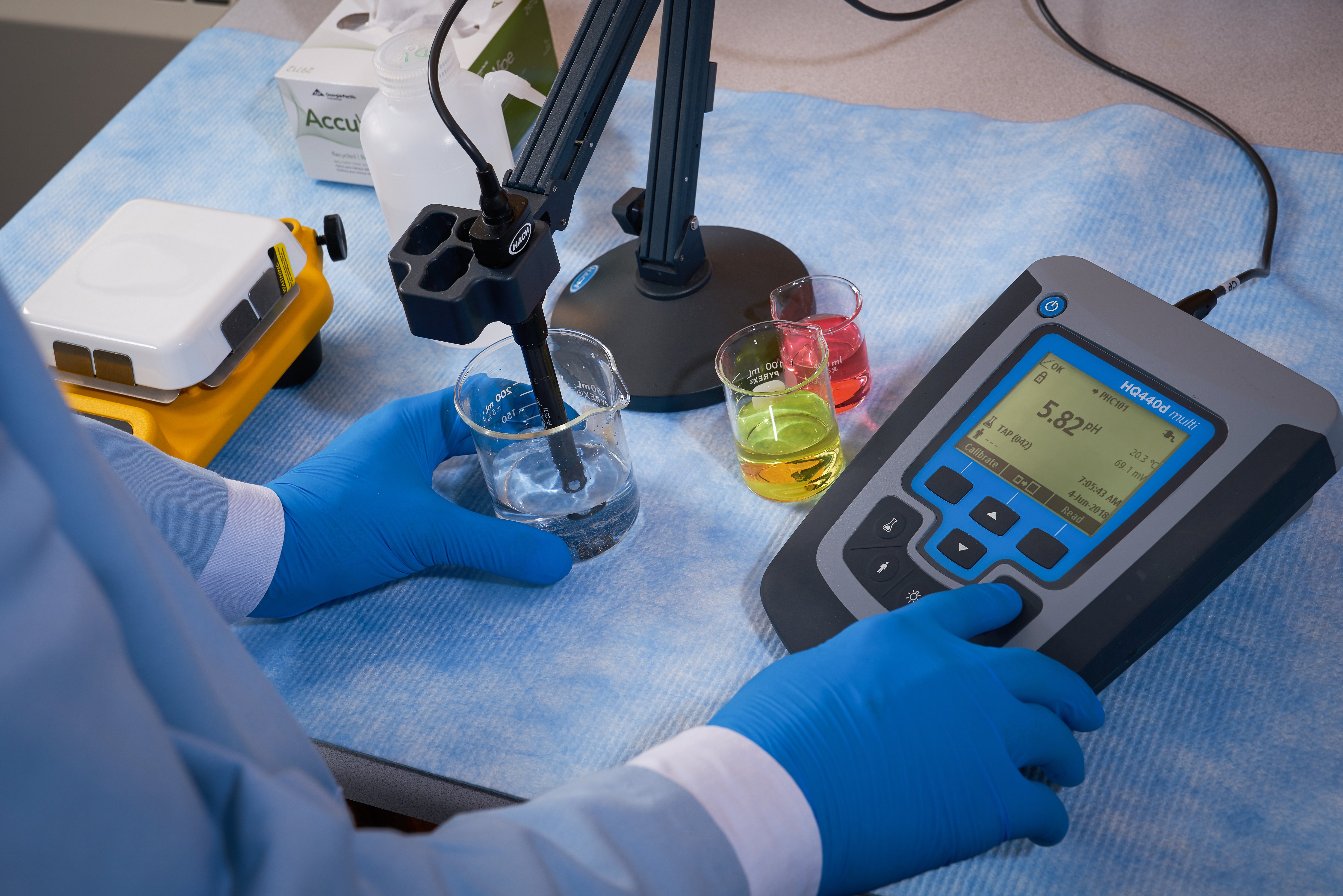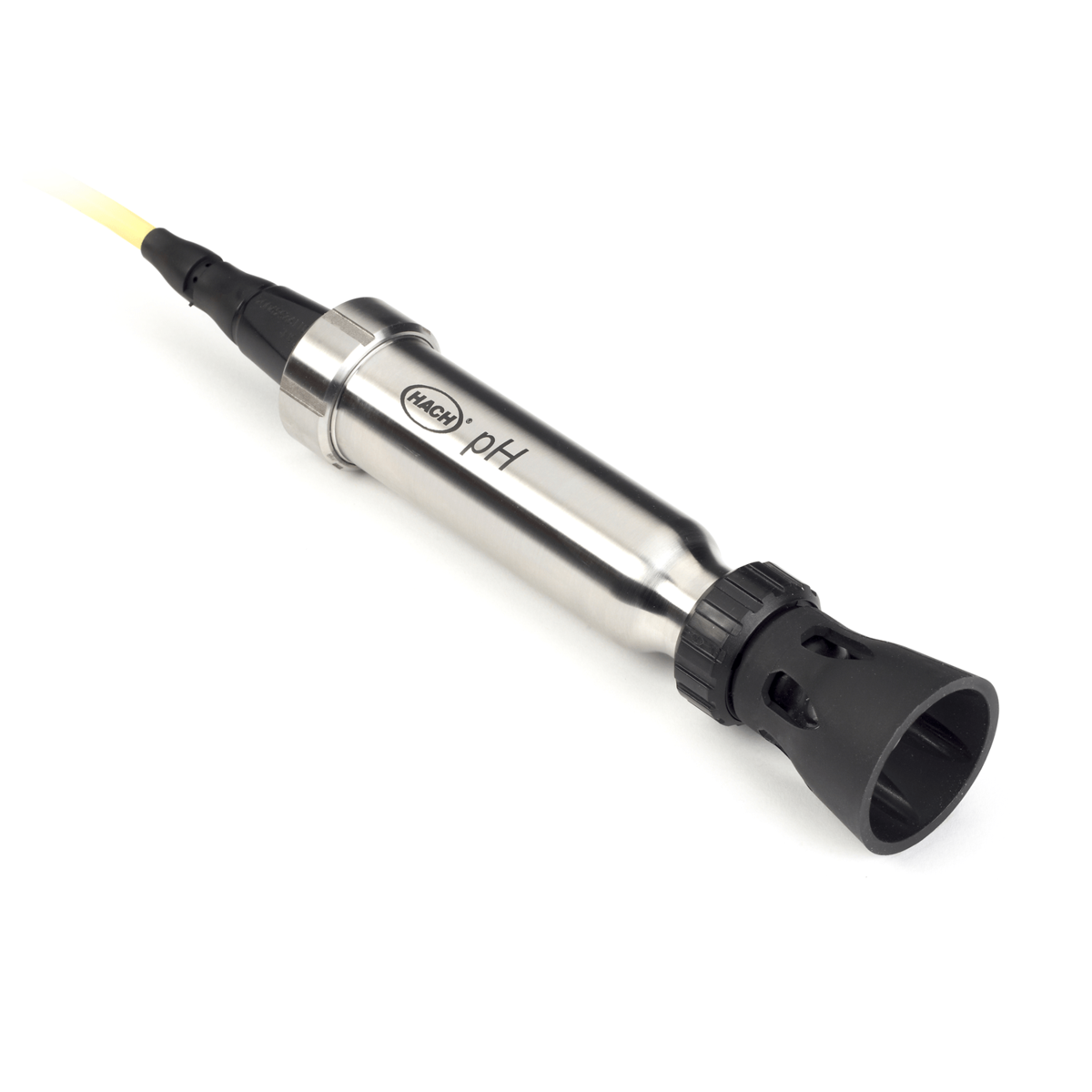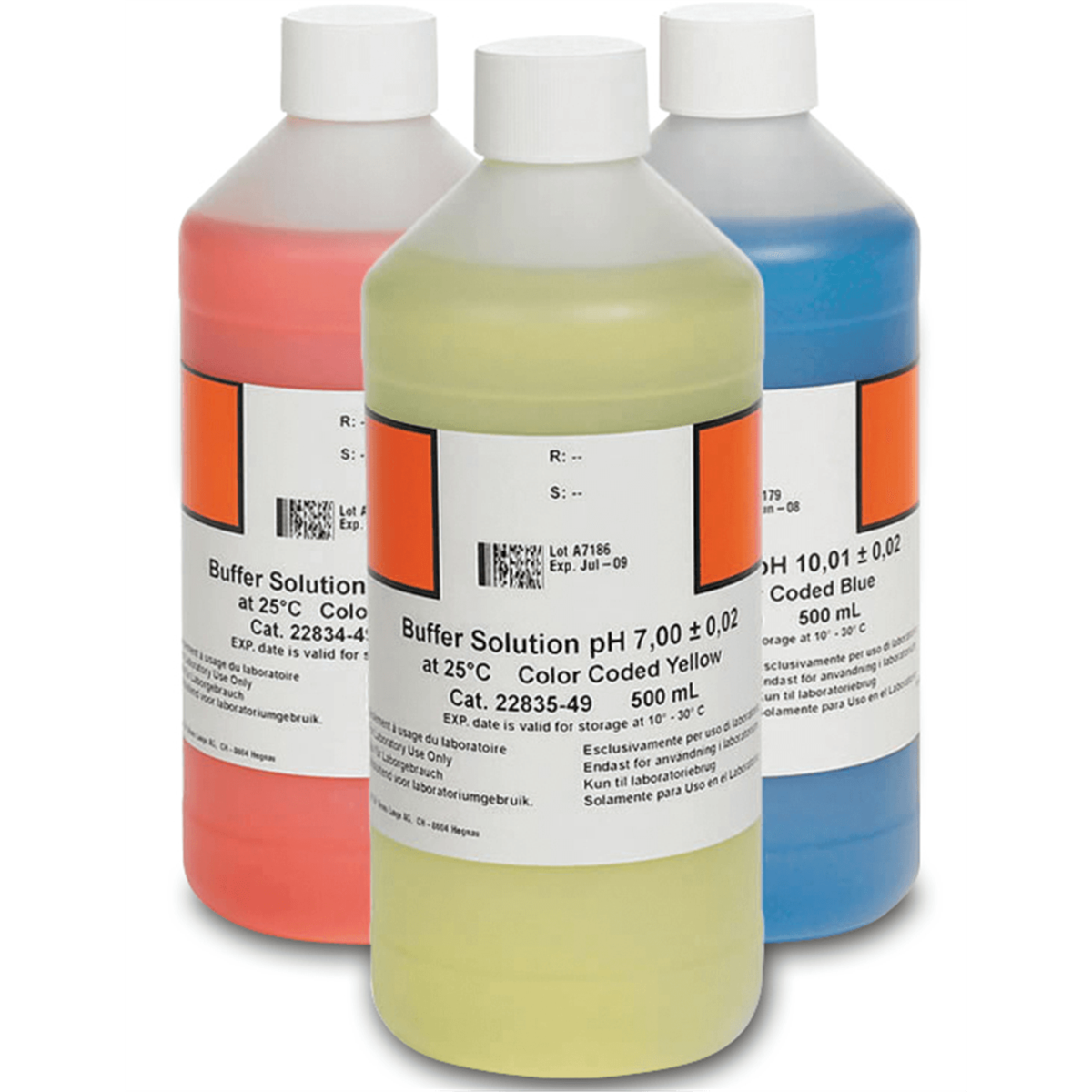- Home
- Supply Insights
- pH Testing Best Practice and Electrode Maintenance Tips
pH testing quantifies acidity or alkalinity and remains crucial in drinking water and wastewater treatment plants. Readings are taken from a plant's influent, effluent and most processes in-between. Accurate readings are highly dependent on calibration, whether taking readings in the lab or online. This best practice guide will identify tips for electrode selection, cleaning, calibration, and storage to ensure you get the most from your pH sensors.
Understanding pH Testing
pH testing is used to help ensure the quality of wastewater and drinking water in treatment labs and plants. Monitoring the acidity of your water is crucial in protecting the environment and your customers. The results from pH testing provide valuable insights into water quality, helping lab and plant operators make informed decisions about monitoring, adjusting and maintaining processes.
Choosing the Right Electrode
Ensuring accurate readings and extending electrode life starts with selecting the correct electrode for the application. Choosing gel-filled vs. refillable or single-junction vs. double-junction will affect the maintenance required and the expected lifespan of your electrode.
Types of Electrodes
First, we’ll look at the different types of pH electrodes and weigh the pros and cons of each.
Pros
- Maintenance Free
Cons:
- Not as accurate in highly viscous samples with large concentrations of organic matter.
- Shorter electrode life. When the internal reference is spent, the electrode must be replaced.
Pros
- Cost effective solution where the internal reference can be refilled.
- Can be tailored to your specific application by adjusting the filling solution.
Cons:
- Requires regular maintenance and refilling of the KCI solution.
Pros
- Less expensive than double-junction electrodes.
Cons:
- Recommended for clean water samples only. Should not be used in wastewater applications.
- More susceptible to contamination.
- Longer response times
Pros
- Less susceptible to fouling - ideal for wastewater applications.
- Design helps prevent clogging.
- Higher accuracy and consistent readings.
- Quicker response times
Cons:
- More expensive than single-junction electrodes.
In addition to the options above, specialty electrodes are available to optimize less-routine applications. Regardless of the electrode type used, regularly inspect your electrode’s sensor bulb for cracks or scratches and replace the unit when necessary. Routine maintenance, such as cleaning and fill solution replacement, is crucial to ensuring your sensor will deliver accurate readings and maximize its usable life.
Electrode Cleaning, Calibration & Storage
Cleaning
Cleaning your electrode is vital for longevity and accuracy, and ensuring equipment is in optimal condition will save you time and hassle. Premade cleaning solutions, including specialty solutions for oils and grease, are designed to simplify the process and keep your electrode bulb deposit and film-free. Never use tap water to rinse your equipment, as hard mineral deposits can damage or stick to the electrode. Rinsing your electrode with deionized water keeps your electrode clean while enabling easy removal of stubborn deposits. Other recommended methods can include the following (always follow manufacturer instructions for cleaning when available):
condition will save you time and hassle. Premade cleaning solutions, including specialty solutions for oils and grease, are designed to simplify the process and keep your electrode bulb deposit and film-free. Never use tap water to rinse your equipment, as hard mineral deposits can damage or stick to the electrode. Rinsing your electrode with deionized water keeps your electrode clean while enabling easy removal of stubborn deposits. Other recommended methods can include the following (always follow manufacturer instructions for cleaning when available):
- Salt Deposits: 0.1 M HCl, 0.1 M NaOH soak followed by DI water rinse
- Oil/Grease: mild detergent or methanol followed by DI water rinse.
- Clogged Reference Junction: diluted KCl solution heated to 60 to 80°C. Allow the electrode to cool back to room temperature followed by DI rinse.
- Protein Deposits: 1% pepsin solution/0.1 M HCl followed by DI rinse
Calibration
Calibrating the electrode is the most important step in pH testing. Your readings will only be as good as the calibration performed. Before calibration, rinse your electrode with distilled water to remove contaminants and blot it with dry tissue. Calibrate the electrode using NIST-traceable pH buffer solutions determined by the sample's presumed pH. If you don’t know the sample's pH, use multiple buffers to cover the whole range. Best practices for pH buffers include:
Ensure your pH buffers have not expired.
Never reuse buffer or pour them back into the container– use fresh buffer every time.
Calibrate at multiple points and bracket them within your expected reading.
Storage
Follow the manufacturer’s recommendations for short-term and long-term electrode storage. While rinsing an electrode in deionized water is best practice, never store a pH electrode in it to prevent the sensor’s internal electrolyte from losing its strength. Improper storage can result in shortened electrode life.
Summary
Effective pH testing is vital for ensuring compliance and maintaining water quality in various applications. By understanding the different styles of electrodes, following proper cleaning, storage, and calibration procedures, and selecting the right equipment, you can maximize the accuracy and longevity of your electrodes.
Sources:
pH 101: A beginner's guide to accurate and reliable pH measurements | GlobalSpec
The Basics of pH Measurement - Hach Educational Video - YouTube
https://sensorex.com/ph-electrodes-guide/
This blog may contain information or advice regarding products or services offered. All information in this blog represents the opinion and recommendation of the individual writing the post. Core & Main is not liable for using this advice and understands that the information presented is for informational purposes only.






